By Emily Weldon — Posted on: Jun 17, 2016
Want to build a robot? Want to print a 3D model, or program virtual reality? Want to film, design, sew, machine, glue— all in the same space— and build something that nobody has ever thought of before?
At first thought, this kind of creative freedom may seem out of common reach. But for makers, this DIY utopia is already in their grasp.
Makerspaces are events, formal or informal, held in physical locations— lab, workshop, classroom, or any combination of the above— where participants come to innovate, invent, and collaborate on the creation of self-directed hands-on projects. Here, creators acquire knowledge through trial and error, explore the possibilities of the tools at their fingertips, and gain confidence in their abilities to invent original works. One of the greatest appeals of the makerspaces is that their scope and resources can vary widely and endlessly, from arts and craft to welding, robotics, and 3D printers: Make Magazine has project suggestions ranging from a Wi-Fi drone disabler to a transformed Ikea side table that becomes a music visualizer.
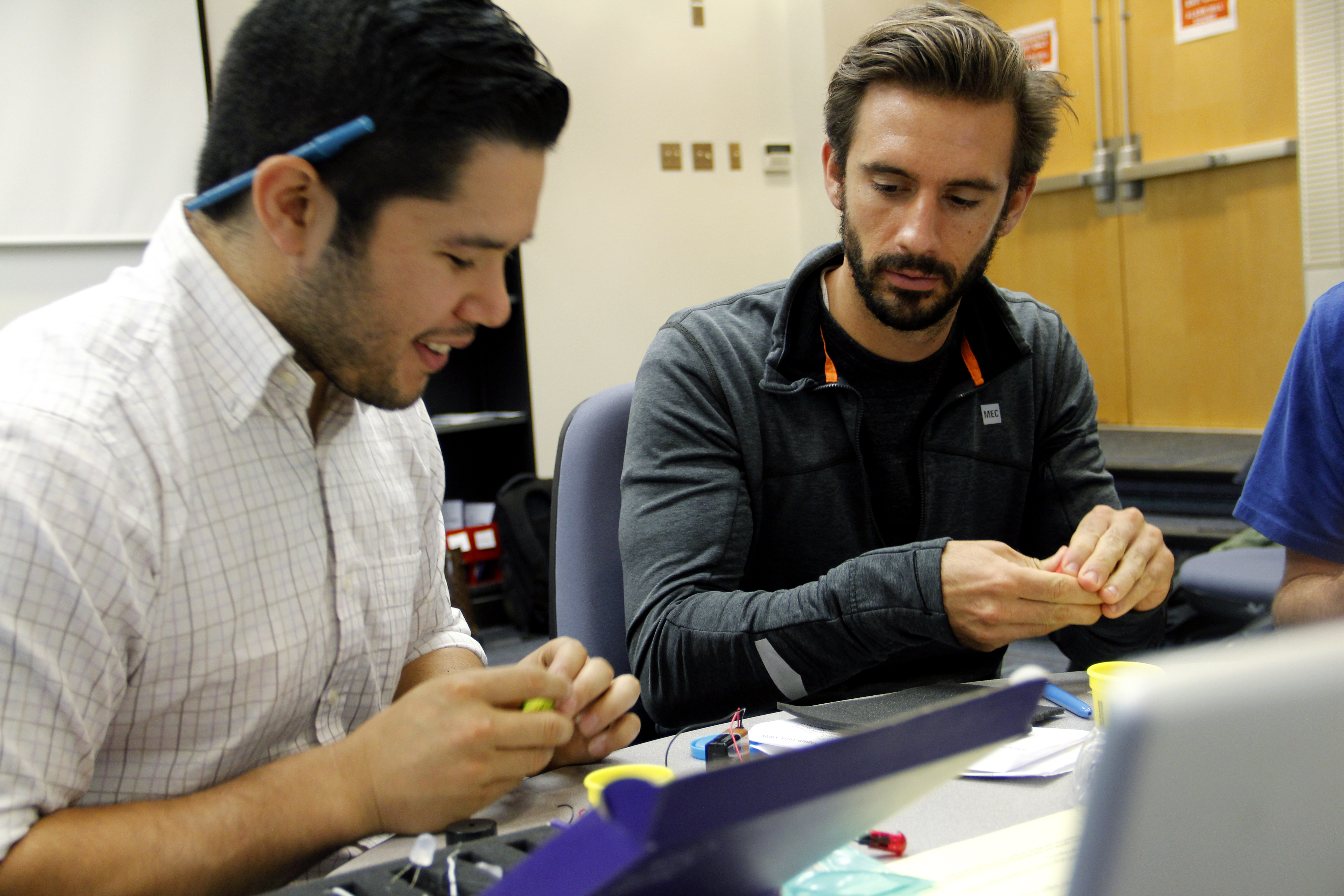
In fall of 2015, Maker Spaces were held for Teacher Candidates in the Scarfe library to encourage problem solving through a direct, hands-on approach.
How did the maker movement begin?
Makerspaces foster and drive the desire for technology enthusiasts to take innovation into their own hands. This is likely because Makerspaces are inspired by hacker culture, giving many of the spaces their programming-driven edge. These activities rose to popularity in the 1990s and 2000s, as materials and resources for making tech-oriented projects became cheaper and easier to access, and as it became feasible (and intriguing) for the average work space, classroom, or community center to start introducing computers and robots.
What is possible in a Makerspace?
More and more, Makerspaces are being considered for their teaching potential and inregrated into K-12 schools, libraries, and universities. In these settings, making can range from the digital media lab at Umass Amherst, which supports multimedia creation and 3-D printing with 27 iMacs, sound recording and green screen rooms, to High Tech High — twelve k-12 schools in San Diego where the curriculum is entirely maker based and students take charge of their own multidisciplinary inventions by blending mechanics and electronics with social studies and music.
Community- driven making opportunities are also being introduced in our own city: The Vancouver Mini Maker Faire in June of 2016 hosted over 125 artists, tinkerers, performers, inventors, crafters, and other makers who showed off their projects and spread the exciting potential of these environments.
How can a makerspace enhance a learning environment?
- By developing a deep engagement between students and their curriculum: When students physically work with their chosen materials, and learn by doing instead of only listening or reading, it provides a practical and memorable way of learning a new skill or subject matter. As well, the experience of creating something new through one’s own problem solving is often incredibly rewarding.
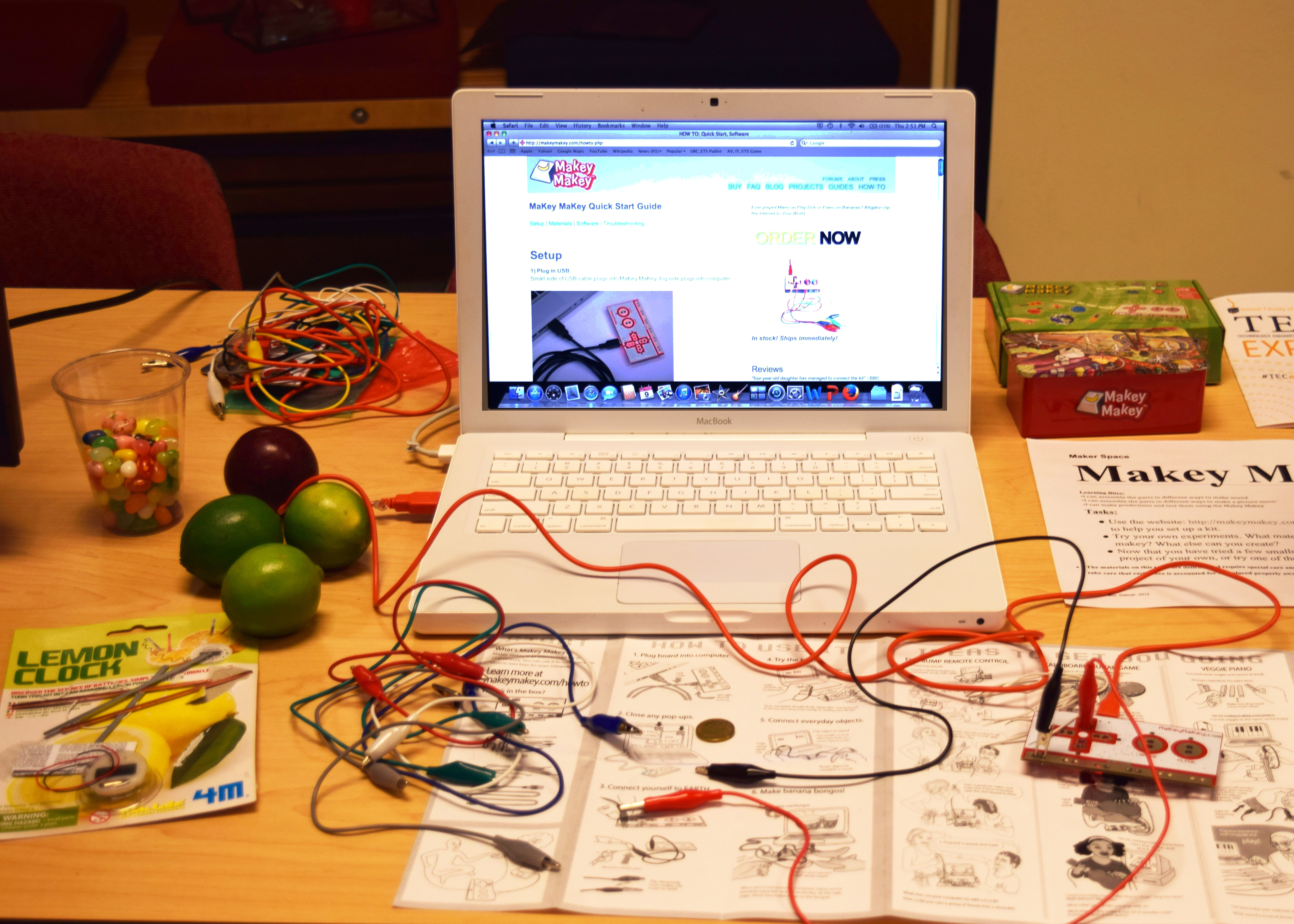
The TEC Expo 2015 Maker booth, showcasing DIY starter kits such as Raspberry Pi and Makey Makey. In 2016, the booth is expanding into its very own event.
- By creating a learning space where student interest comes first: While learning in a makerspace, students are motivated by their own curiosity and are encouraged to follow through with self-started projects from initiation to completion. Projects in the spaces arise from what is relevant to the students, so that the students have a deep connection with what they are working on. Therefore, gaining knowledge or skills to complete the project becomes an extension of this personal drive.
- By meeting goals of teaching collaboration to students: In makerspaces, participants learning to work in groups and create something that would not have been possible otherwise is an inherent raison d’être of the space. Makerspaces insist on the value and importance of teamwork, meaning that makers aren’t just learning with the tools they hold, but with the team they create with. The interpersonal skills that can develop through these team-oriented projects are transferable to any and every aspect of a participant’s future endeavors.
- By allowing students to act as both leaders and team members: As mentioned, teamwork is instrumental to the appeal of makerspaces. This is collaboration at its strongest- every member of the maker space can be a mentor and mentoree to each project if they want to, constantly being asked to think in a multidisciplinary way and problem solve on projects that are invented by both themselves and their peers. As well, leadership becomes necessary in these self-driven settings, as makerspaces allow for informal leading of peers as the projects continues to develop and requires new demands.
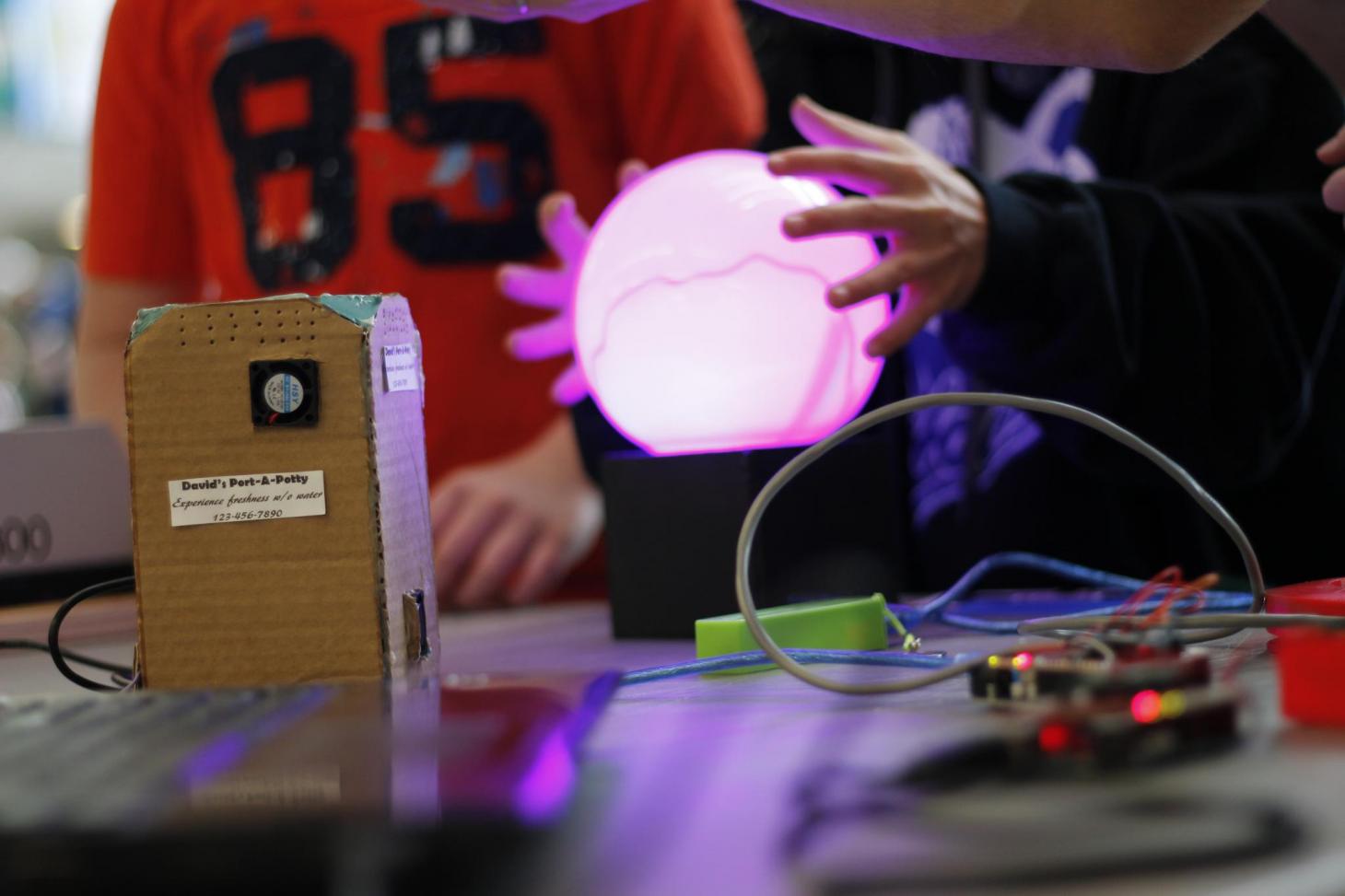
The UBC Centennial Maker Faire in April of 2016 featured maker communities at UBC who specialize in areas such as knitting, solar energy, and robotics.
- By building a sense of community: Makers are not just working in a team, they are working in a community of like-minded inventors. Thinking about oneself and one’s work in a greater context of thinkers is a desirable habit across disciplines, and it leaves opportunity for strong community connections for the future.
- By being a work in progress: Even with makerspace development well under way, some other innovation is almost ready to launch. For example, how can contributions be graded for assessment, or be part of a portfolio? Can remote participation be a part of the the future, stretching the horizons of how these spaces can be incorporated virtually and recorded or catalogued? Regardless of the answers, what is important is that makerspaces still have plenty of room to be molded and defined by their makers.
- By becoming cheaper and easier: Technology is getting better and increasingly geared for a DIY mindset as makerspaces gain popularity. The time has never been better to get involved and participate in or create a maker space. What is more is that the ideas around ‘what is a makerspace’ are constantly broadening.
How can I initiate making in a learning environment?
You don’t necessarily have to buy 3-D printers or unpack your hot glue guns to bring the maker spirit into a classroom or learning space. Consider just a few of the other ways that this kind of educational tool is accessible right at UBC:
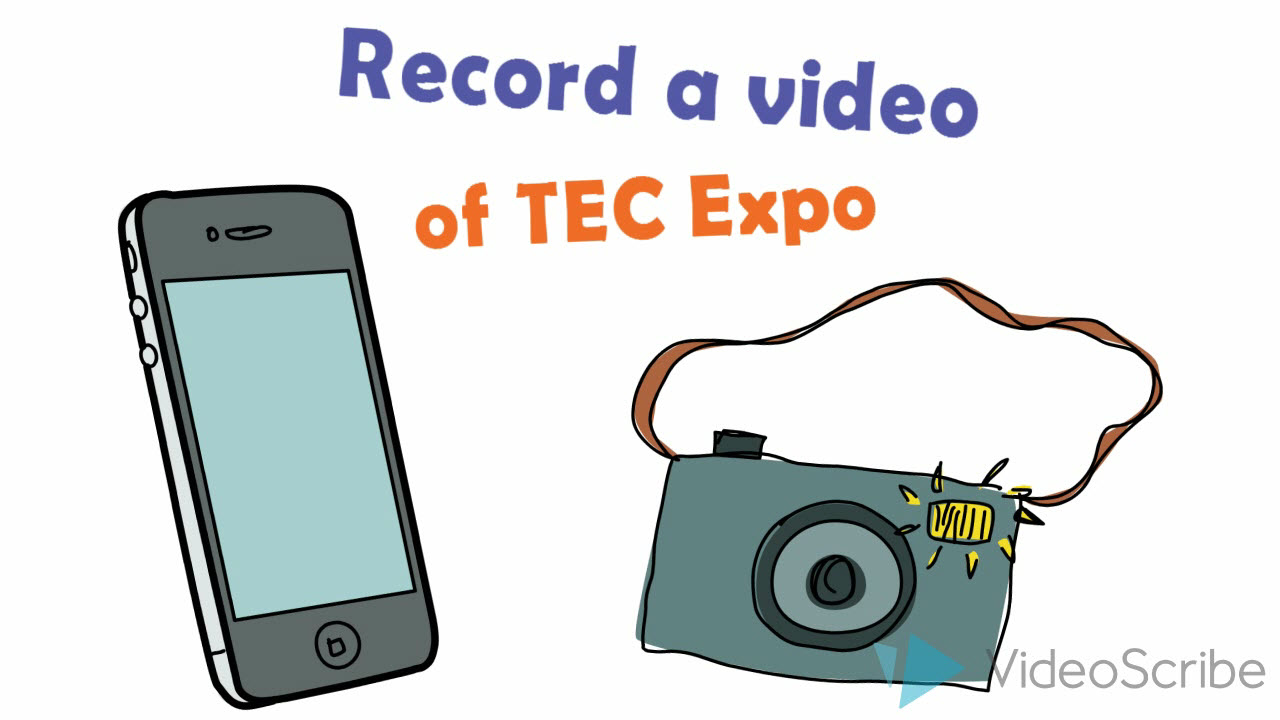
TEC Expo 2016 is encouraging engagement during its Educational Maker Day through a crowd-sourced video competition.
- Camtasia: UBC students and instructors have access to this software for free through UBC Connect. With this tool, participants can shoot and edit their own videos that can be distributed either within a course or over the Internet (such as through YouTube).
- Blogs and Wikis: Students and instructors also have access to UBC Blogs, so that they can design and write original blog posts through WordPress. Similarly, UBC Wikis allows both parties to synchronously work together and develop a written project or document while fully online.
- Collaborate: As the name suggests, this web conferencing tool built into Connect allows students to engage in remote, in-depth collaboration as they share ideas and discuss course topics over the web. Much like in a maker work space, it also provides the option for students to take on the role of teacher or presenter in the discussion, by either speaking to the entire session, screen sharing their computer, or uploading their own files or documents into the session for review.
- Maker Kits: A variety of DIY starter kits are available to Teacher Candidates in the Education Library. TCs can experiment with Raspberry Pi, Makey Makey, Squishy Circuits, Paper Circuits, Scratch Introductory Programming and more!
Want to check out a makerspace for yourself? Join us at TEC Expo 2016! On July 7th, we will be holding an Educational Maker Day, where students and instructors will be presenting and facilitating hands-on demonstrations on examples of educational ‘making’. Not only can you check out the diverse hands-on booths, but we will also be holding a Maker Day Video Competition, where participants will compete in the creation of short event-day videos. We hope to see you there!
Additional Resources
- Oedb: A Librarian’s Guide to Makerspaces
- Educause Learning Initiative: 7 Things You Should Know About Makerspaces
- Edutopia: Creating Makerspaces in Schools
- Makezine
- New Media Consortium: Horzion Report 2016 Higher Education Edition
- Newsweek: Maker Movement Reinvents Education
- Emerging Ed Tech: Getting to Know the Makerspace Movement in Education
- Vancouver Mini Maker Faire

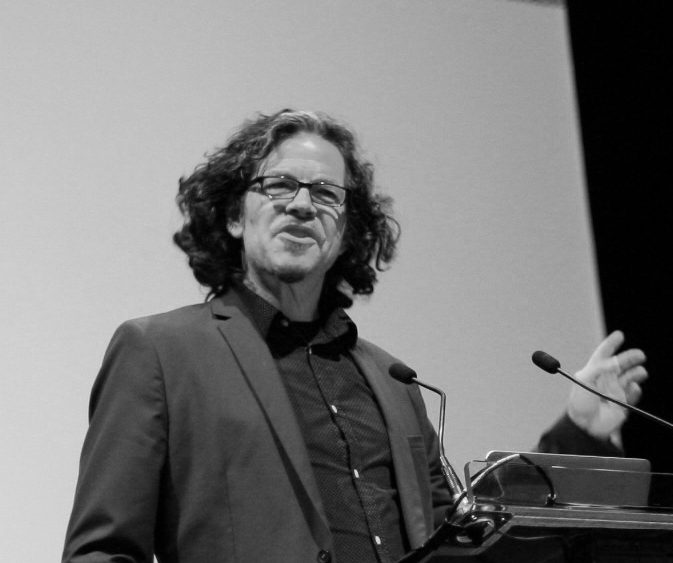
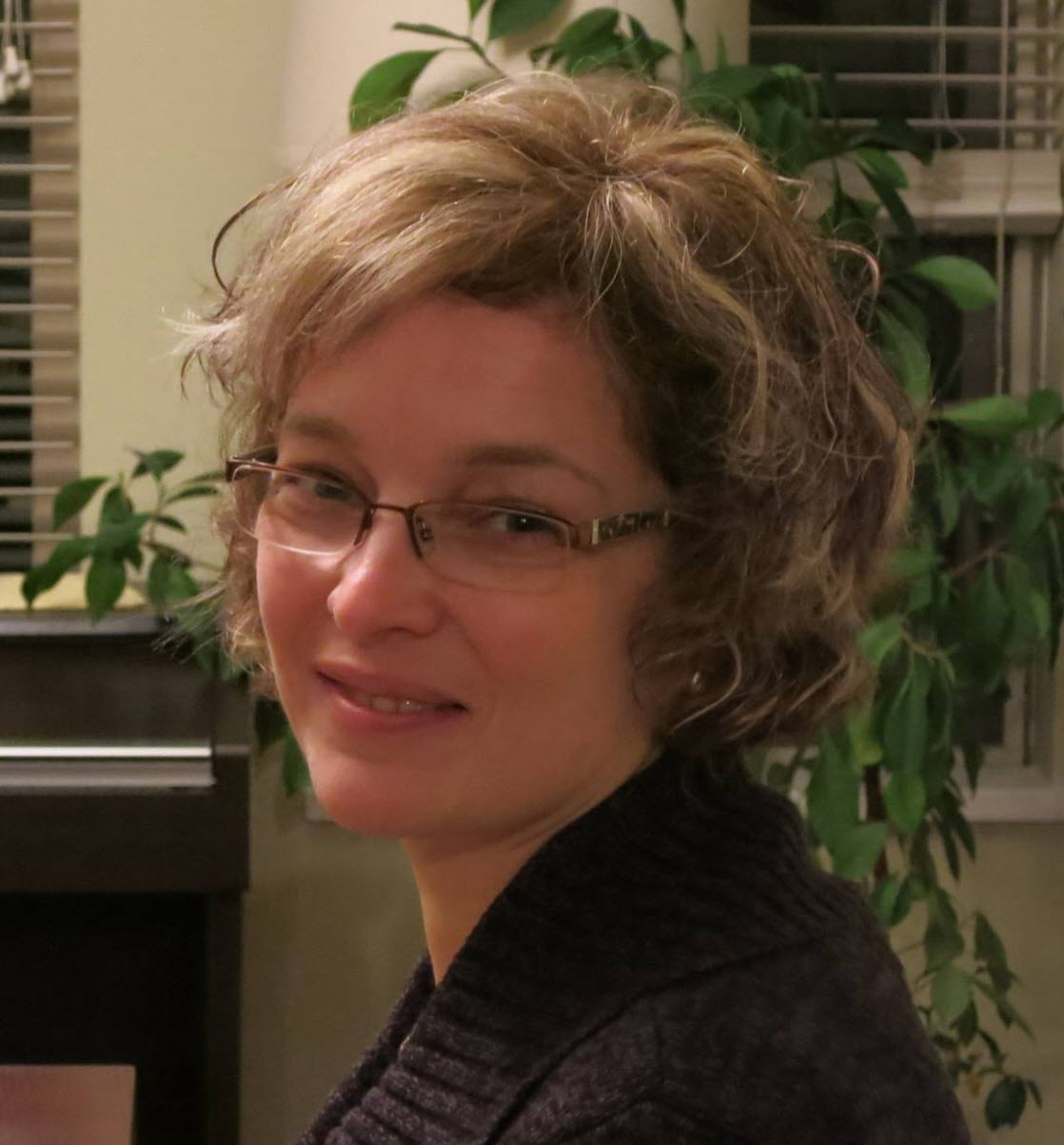





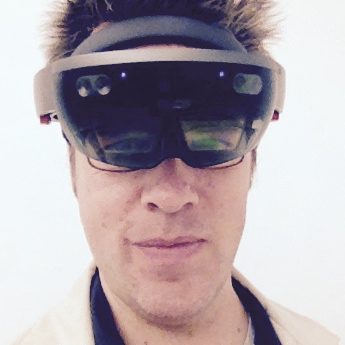
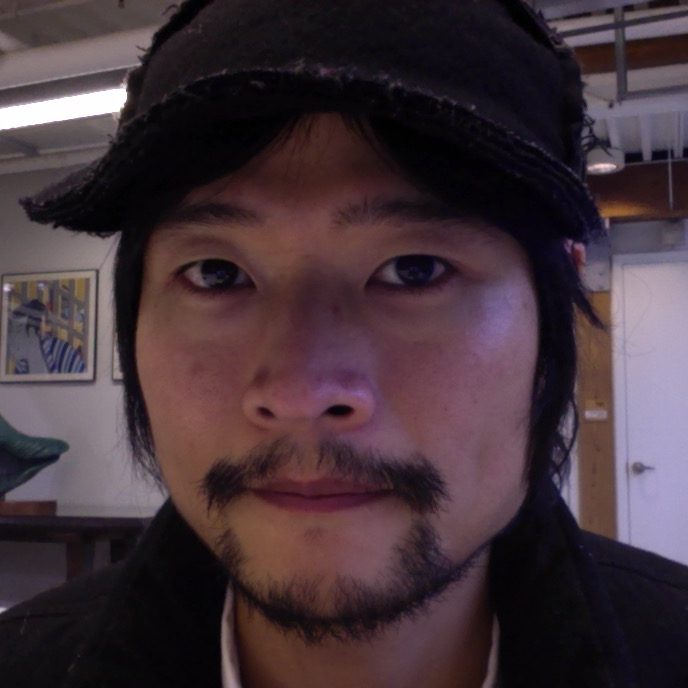

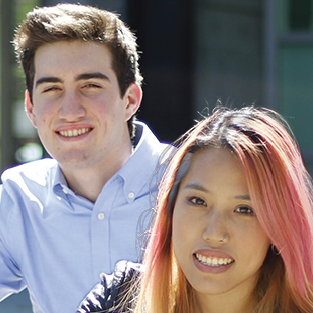

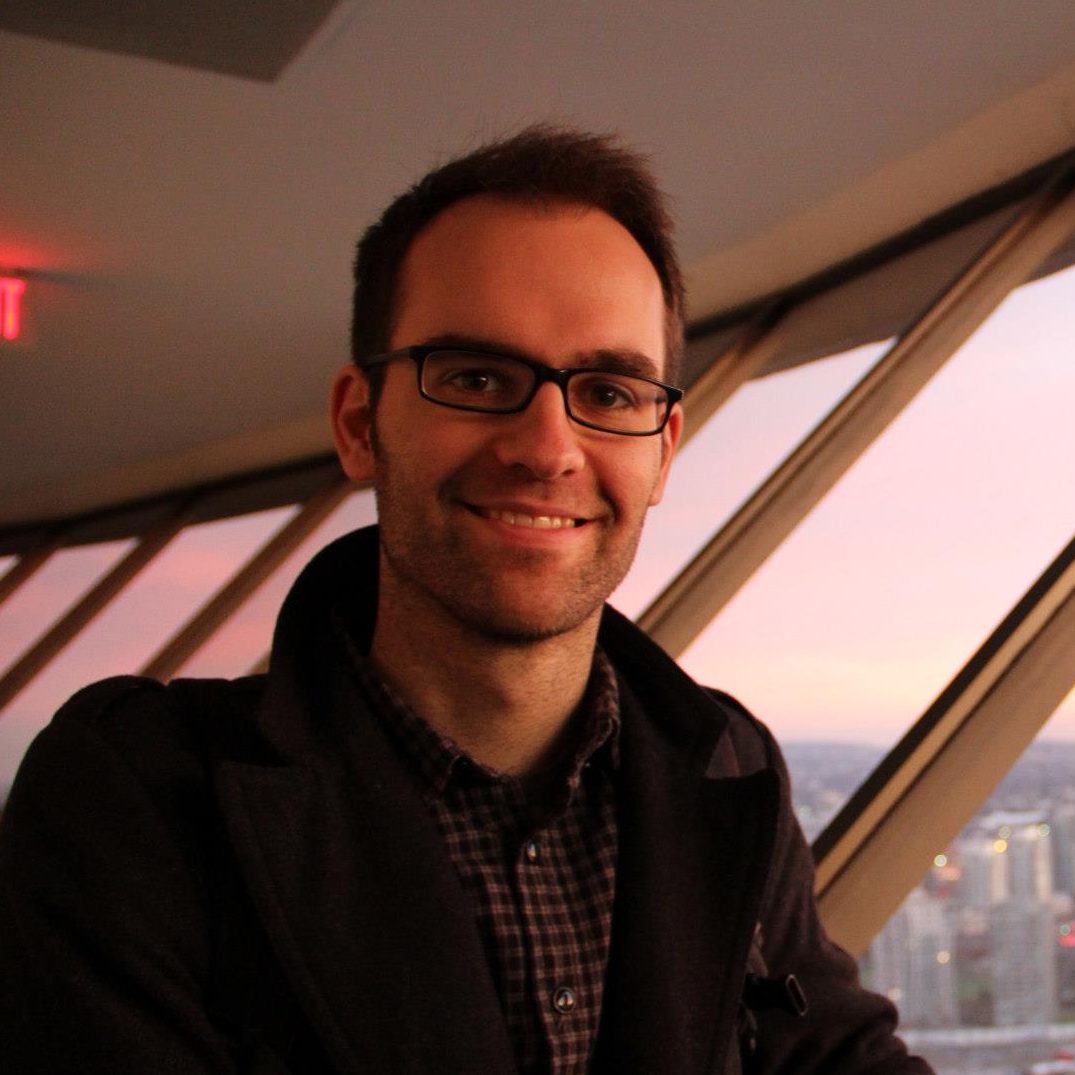
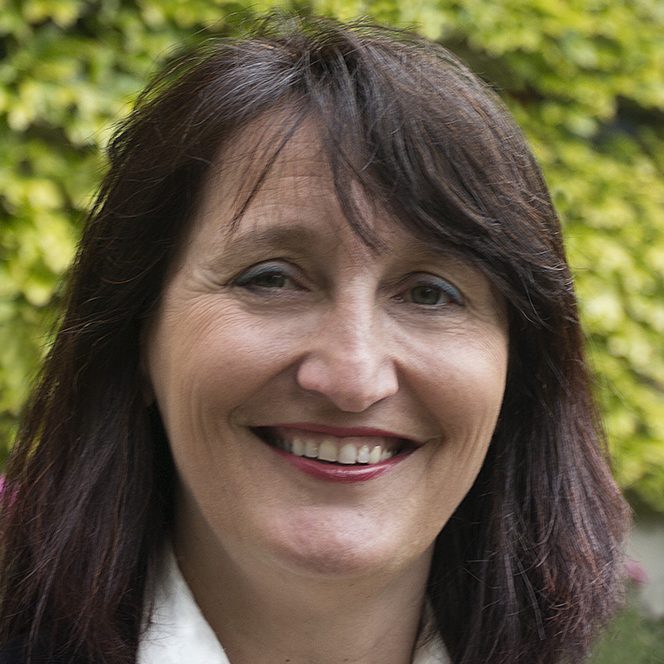
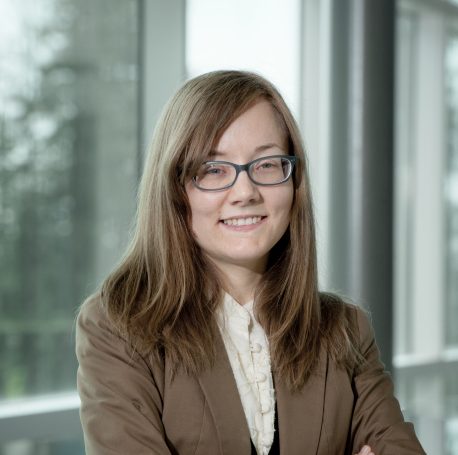
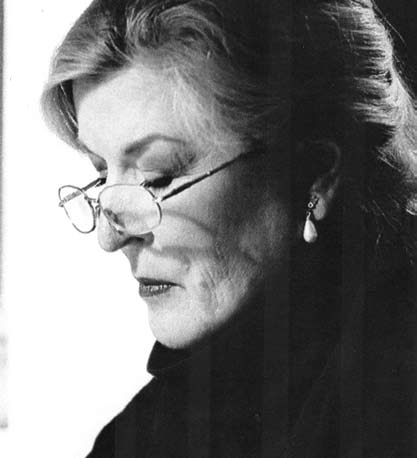
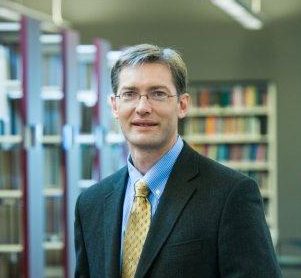
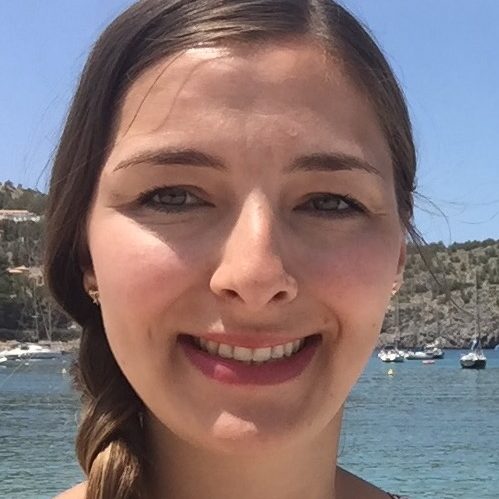


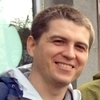

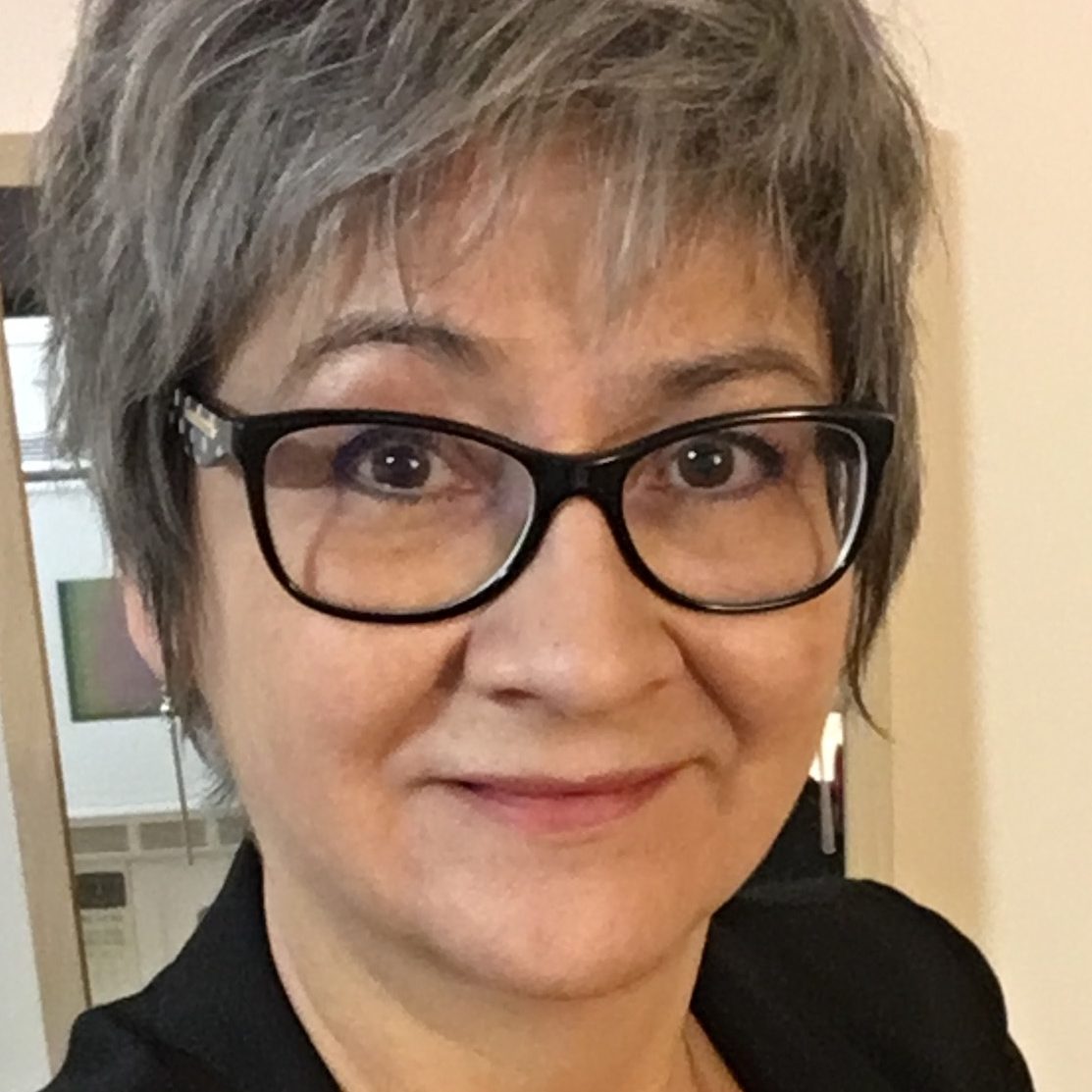
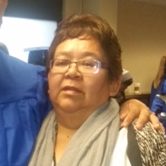



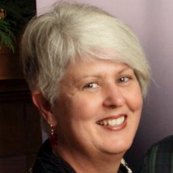
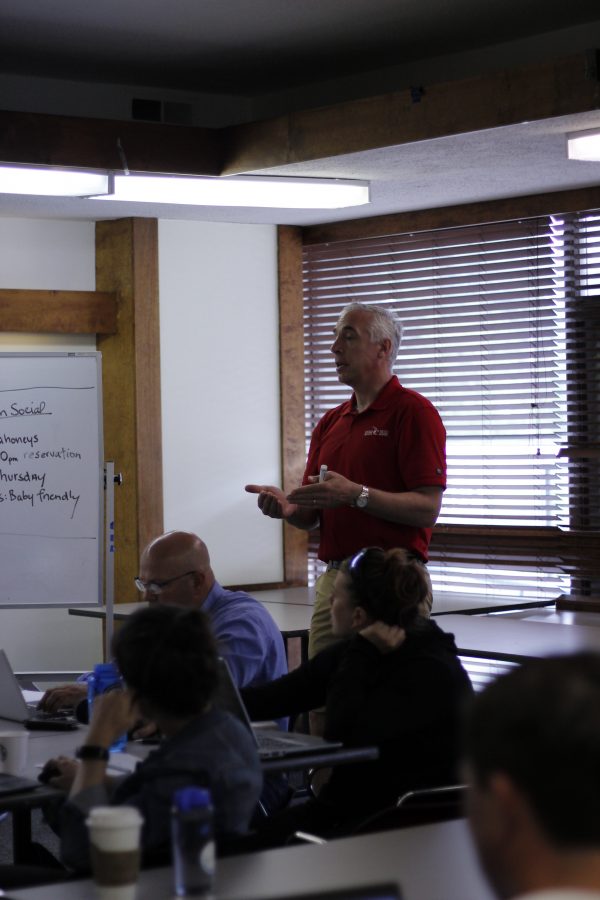


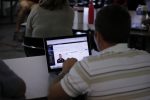
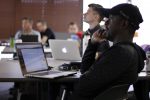
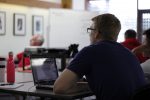

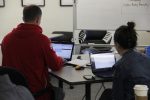
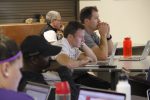

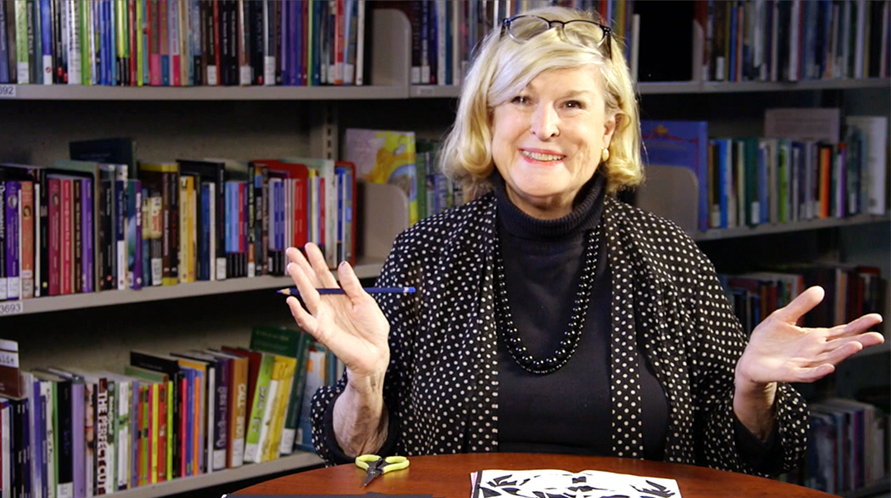
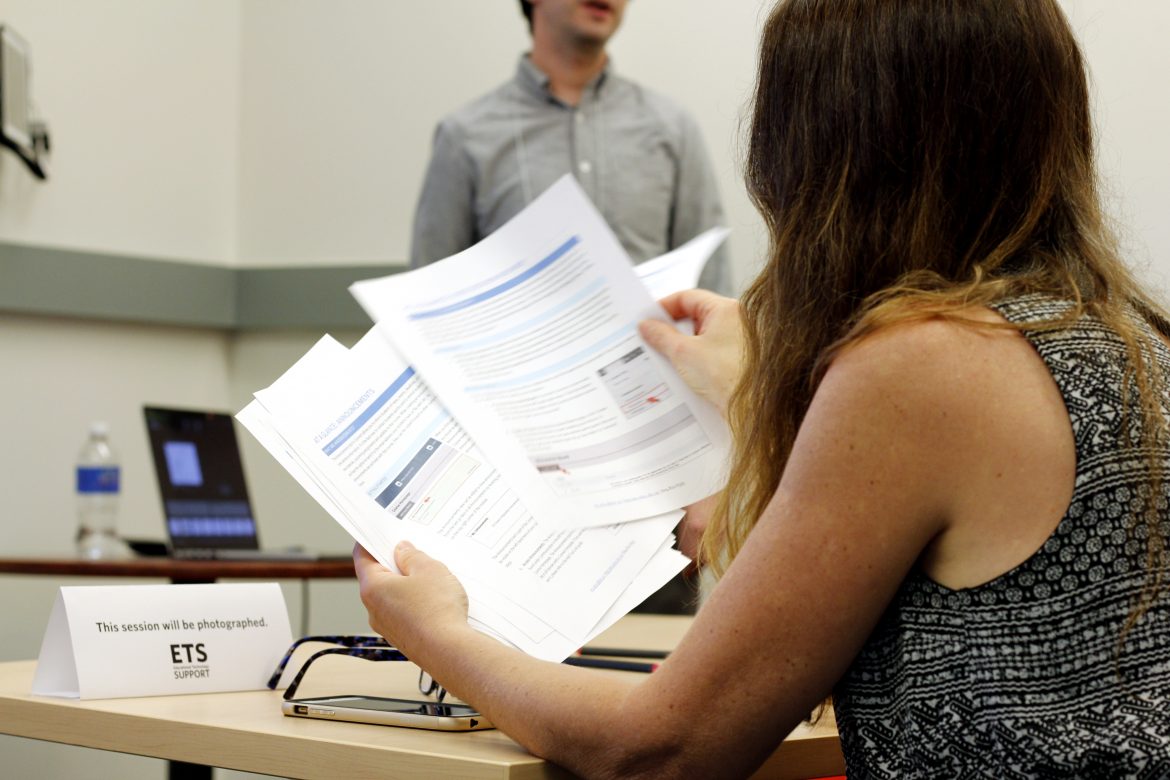
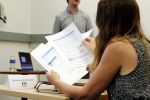
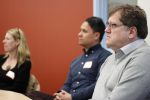
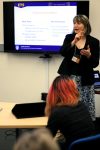
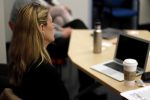
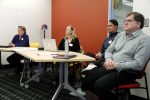
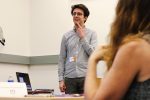
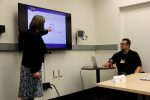

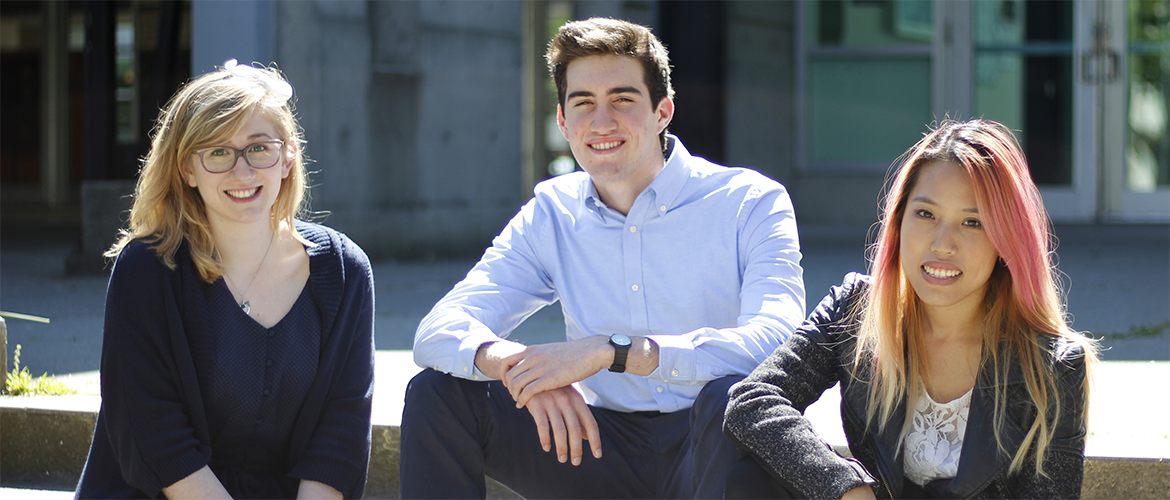


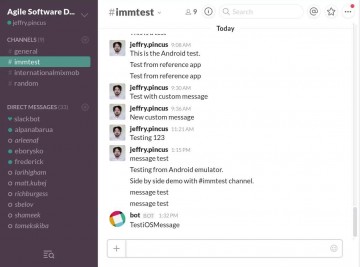


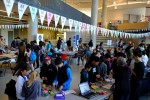

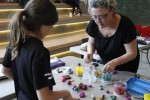

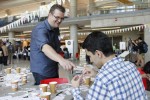

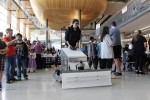
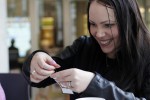


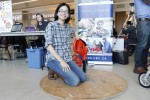

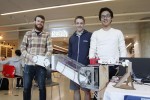
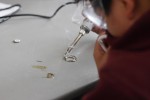
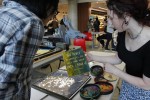

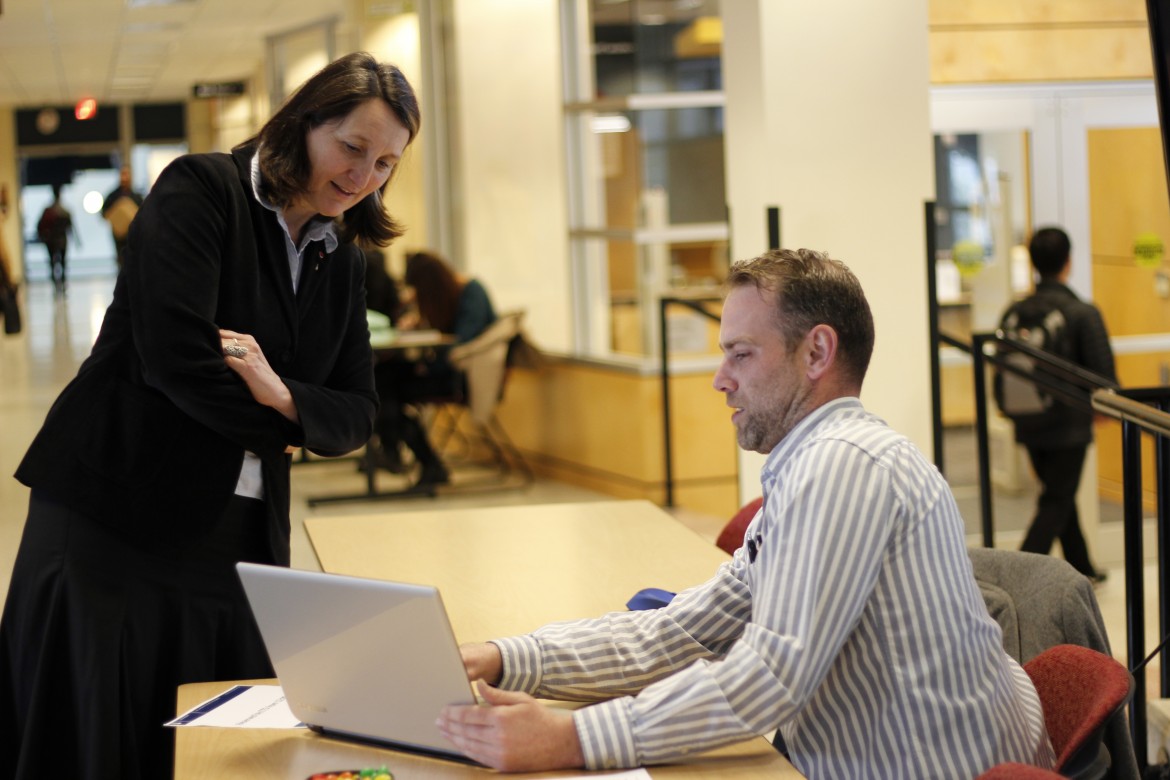

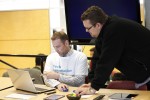
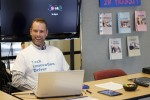

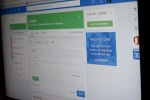


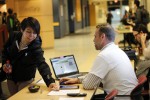




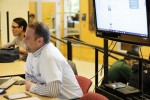
 David Gwilliam
David Gwilliam